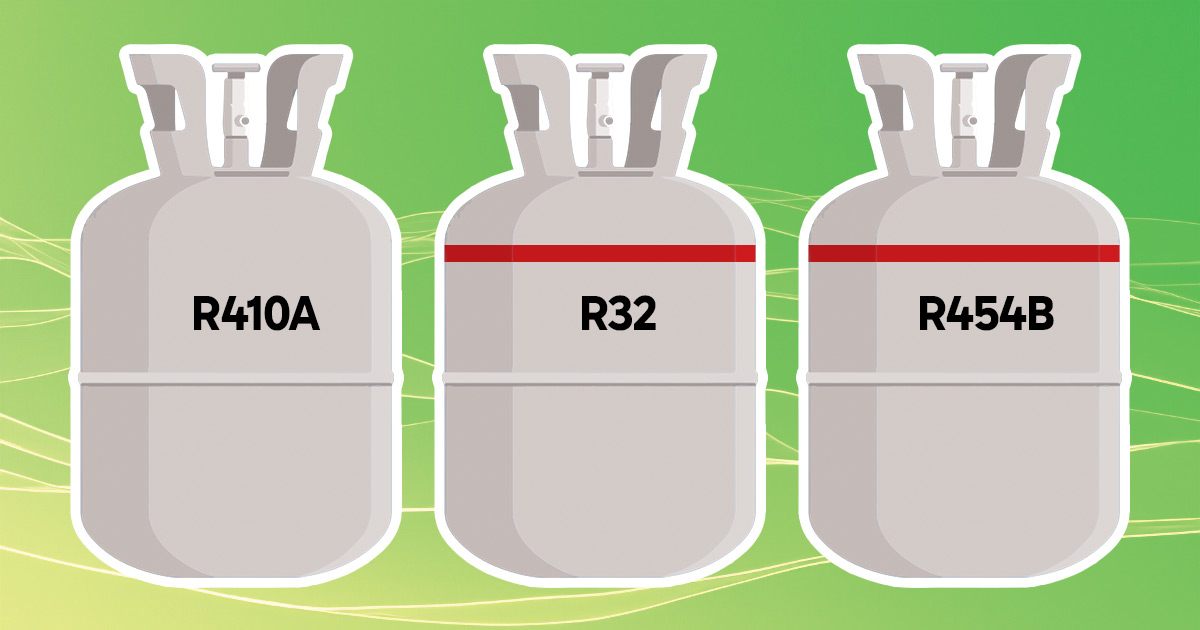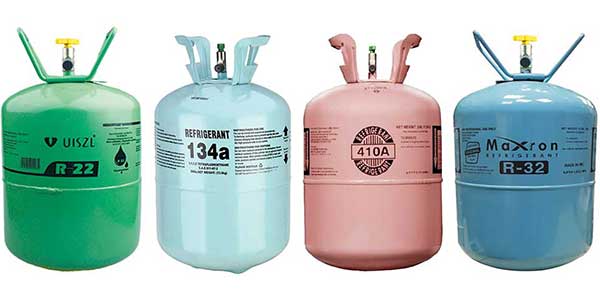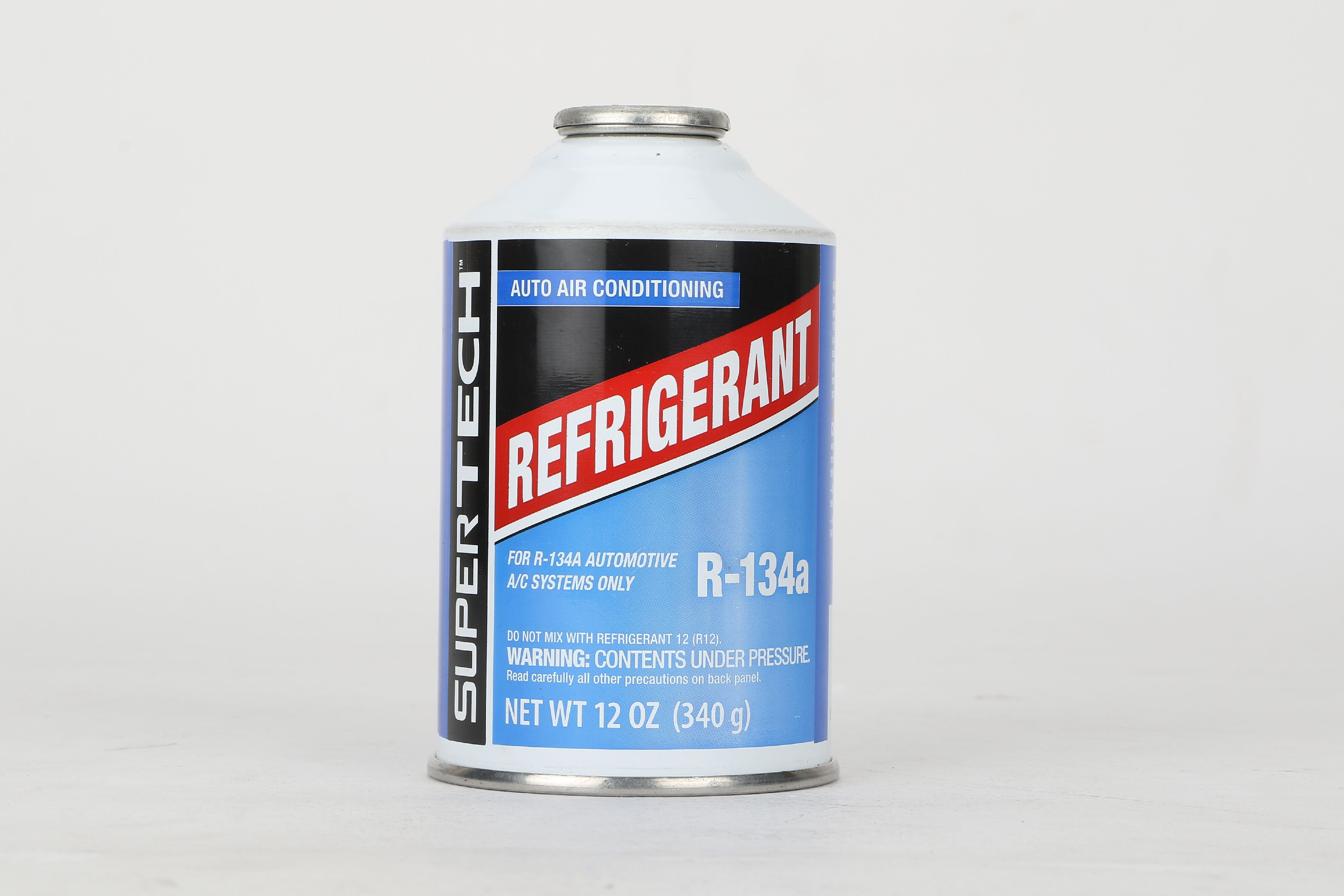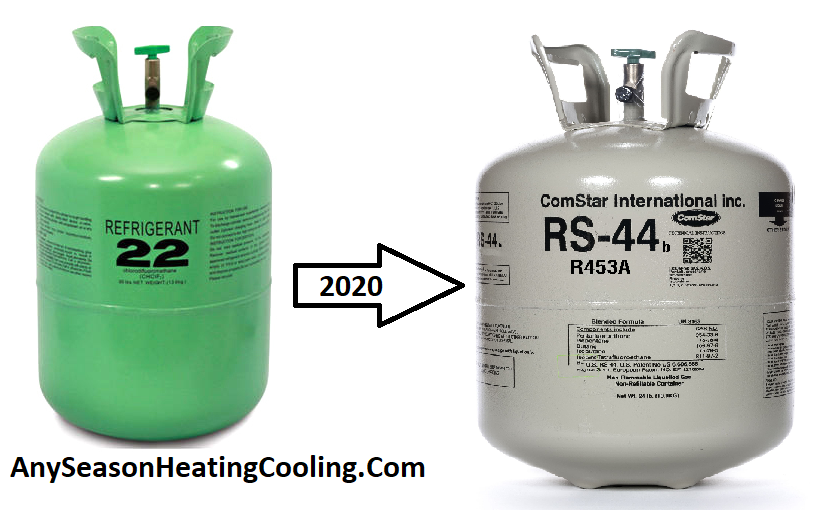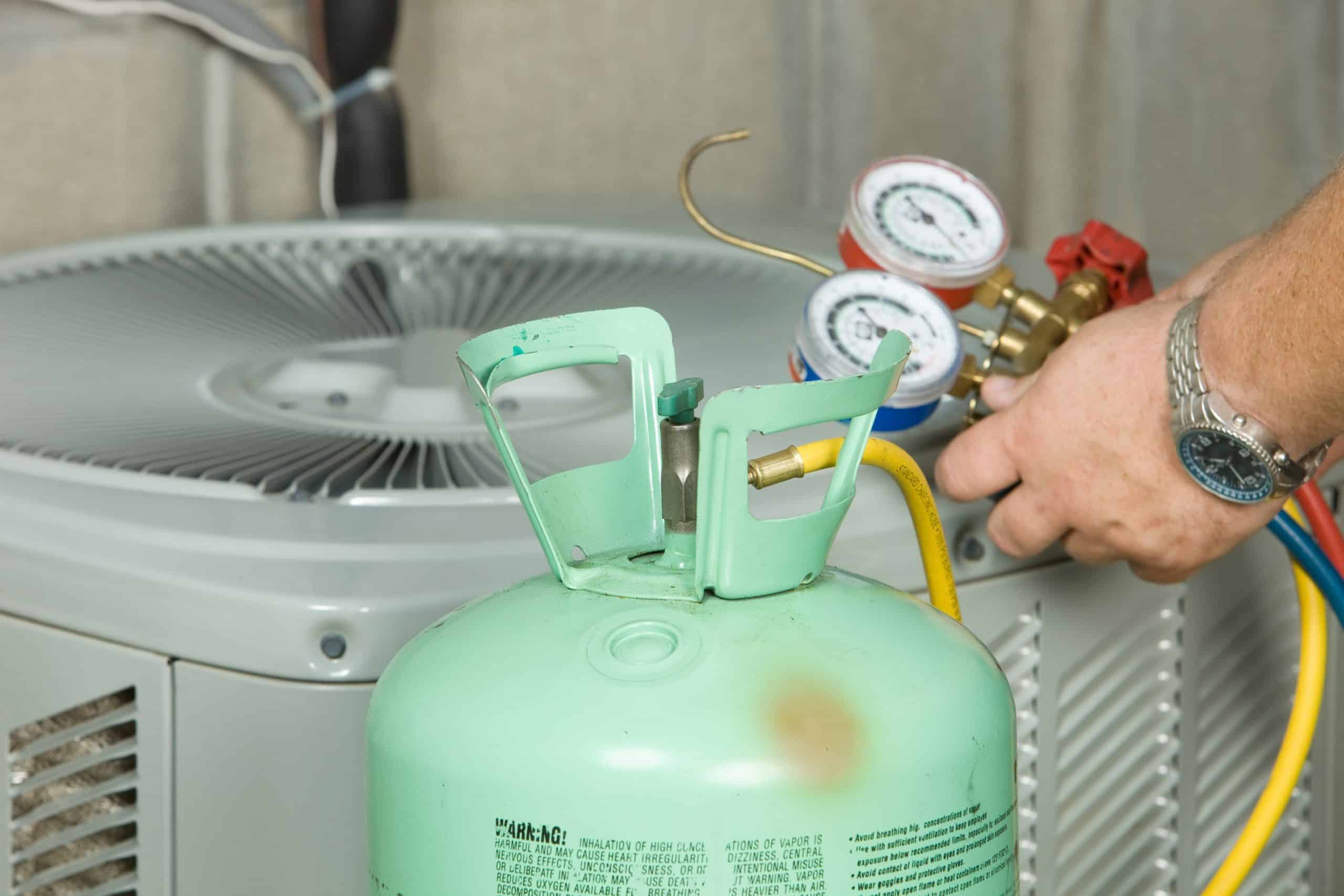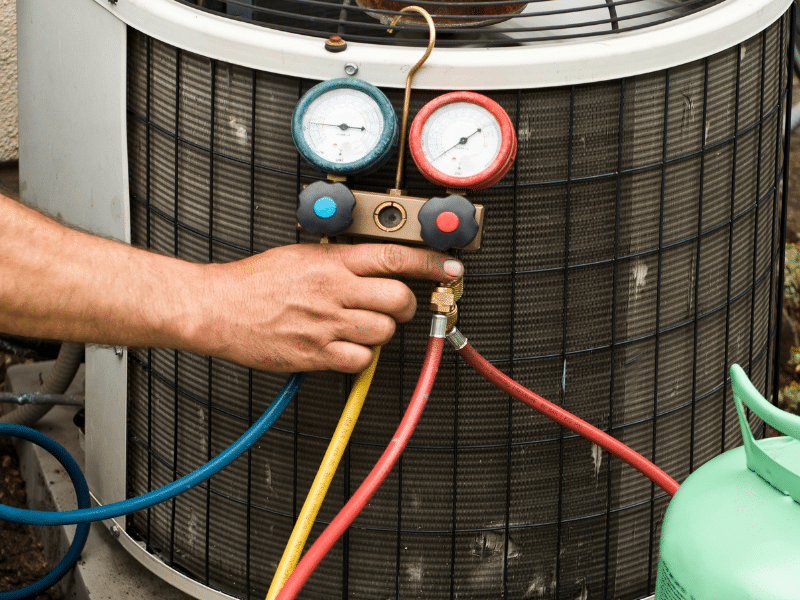What Is The New Refrigerant For Air Conditioners

Frequently Asked Questions About the New Refrigerant for Air Conditioners
The world of air conditioning is changing, and a big part of that change is the refrigerant we use. Due to environmental concerns, older refrigerants are being phased out. This FAQ answers common questions about the new refrigerant replacing them.
Q: What is the new refrigerant being used in air conditioners, and why are we switching?
The new refrigerant most commonly being adopted is R-32 (also known as Difluoromethane). We're switching because the older refrigerant, R-410A, while better than previous refrigerants like R-22, still has a relatively high Global Warming Potential (GWP). GWP is a measure of how much a greenhouse gas contributes to global warming compared to carbon dioxide. R-32 has a significantly lower GWP than R-410A, making it a more environmentally friendly option. Think of it this way: it's like moving from a gas-guzzling car to a more fuel-efficient hybrid.
Here's a quick breakdown:
- Old Refrigerant: R-410A (being phased out)
- New Refrigerant: R-32 (being adopted)
- Reason for Change: Lower Global Warming Potential (GWP) of R-32
- Benefit: Reduced environmental impact.
Q: Is R-32 safe to use in my home or building? Are there any potential risks?
Yes, R-32 is considered safe for residential and commercial use when installed and maintained properly. It has been used extensively in other parts of the world for many years. However, like all refrigerants, it's important to understand potential risks and safety precautions.
Here's what you need to know:
- Flammability: R-32 is classified as mildly flammable (A2L). This means it's less flammable than some other refrigerants, but still requires careful handling. The risk of ignition is very low under normal operating conditions, as the concentration required for ignition is high. Think of it like hairspray – it's flammable, but doesn't usually ignite unless exposed to a significant source of ignition in a concentrated form.
- Proper Installation and Maintenance: It is crucial that systems using R-32 are installed and maintained by certified and qualified technicians. They are trained to handle the refrigerant safely and ensure the system operates within specified parameters.
- Leakage: Refrigerant leaks are always a concern. In the unlikely event of a significant leak, ensure proper ventilation to prevent a build-up of refrigerant in a confined space. However, modern air conditioning systems are designed to minimize leaks, and leak detection systems can be installed for added safety.
- System Compatibility: Existing R-410A systems cannot simply be refilled with R-32. The systems are designed differently, and using the wrong refrigerant can damage the equipment and create a safety hazard. You will need a completely new system designed for R-32.
Overall, the risks associated with R-32 are minimal when proper installation, maintenance, and safety protocols are followed. Don't try to handle refrigerants yourself; always rely on trained professionals.
Q: Will my existing air conditioner need to be replaced to use R-32? Can I just have it retrofitted?
No, your existing R-410A air conditioner cannot be retrofitted to use R-32. The systems are designed differently, with different operating pressures, component materials, and safety features. Attempting to retrofit an R-410A system with R-32 could result in:
- Equipment Damage: The compressor and other components may not be compatible with the different properties of R-32, leading to premature failure.
- Reduced Efficiency: The system will not operate efficiently, leading to higher energy bills.
- Safety Hazards: The system could become a fire hazard or leak refrigerant.
- Voided Warranty: Any remaining warranty on your existing system will likely be voided.
The only way to use R-32 is to purchase a new air conditioning system specifically designed for it. While this may seem like a significant investment, consider the long-term benefits of a more efficient and environmentally friendly system.
Q: Will air conditioners using R-32 be more expensive than those using the older refrigerant (R-410A)?
Initially, air conditioners using R-32 might have a slightly higher upfront cost compared to older R-410A models. This is due to the research, development, and manufacturing changes required to produce systems compatible with the new refrigerant. However, as R-32 becomes more widely adopted and manufacturing scales up, the price difference is expected to decrease and may even become comparable or lower in the long run.
Here's a breakdown of factors affecting the price:
- Initial Cost: May be slightly higher initially.
- Long-Term Cost: Expected to decrease as production increases.
- Energy Efficiency: R-32 systems are often more energy-efficient, leading to lower utility bills over the lifespan of the unit. This can offset the initial higher cost.
- Maintenance Costs: Maintenance costs are expected to be similar to R-410A systems, as long as the system is properly installed and maintained by qualified technicians.
When considering the cost of a new air conditioner, factor in the long-term savings from improved energy efficiency and the environmental benefits of using a refrigerant with a lower GWP. Government incentives and rebates may also be available to help offset the cost of upgrading to a more efficient system.
Q: How will I know if a new air conditioner uses R-32? Is there a specific label or certification?
Identifying whether a new air conditioner uses R-32 is usually straightforward. Manufacturers are required to clearly label their products with the type of refrigerant used. Look for the following:
- Product Label: The refrigerant type (R-32) will be clearly stated on the unit's nameplate or label, usually located on the outdoor unit.
- Product Documentation: The owner's manual and other product documentation will also specify the refrigerant used.
- Energy Efficiency Ratings: Check for energy efficiency ratings like SEER (Seasonal Energy Efficiency Ratio) and EER (Energy Efficiency Ratio). R-32 systems often have higher ratings due to their improved efficiency.
- Ask the Installer/Seller: When purchasing a new air conditioner, ask the installer or seller to confirm the refrigerant type. They should be able to provide you with this information.
Additionally, you can look for certifications or eco-labels that indicate environmental friendliness. While not all certifications specifically mention R-32, they often signify that the product meets certain environmental standards, which may include using refrigerants with lower GWP.
Q: What are the environmental benefits of using R-32 compared to R-410A?
The primary environmental benefit of R-32 is its significantly lower Global Warming Potential (GWP) compared to R-410A. GWP measures how much a greenhouse gas contributes to global warming relative to carbon dioxide (CO2) over a specific period (usually 100 years). R-32 has a GWP that is approximately one-third of R-410A.
Here's a more detailed look at the environmental benefits:
- Reduced Greenhouse Gas Emissions: By using R-32, we can significantly reduce the amount of greenhouse gases released into the atmosphere from air conditioning systems. This helps to mitigate climate change and its associated impacts.
- Lower Environmental Impact: The lower GWP of R-32 translates to a smaller overall environmental footprint for air conditioning systems.
- Improved Energy Efficiency: R-32 systems are often more energy-efficient than R-410A systems, which further reduces their environmental impact by lowering energy consumption and associated emissions from power plants.
- Sustainable Choice: Switching to R-32 aligns with global efforts to phase down high-GWP refrigerants and transition to more sustainable alternatives.
In essence, choosing an air conditioner with R-32 is a responsible and environmentally conscious decision that contributes to a healthier planet. It's a step towards reducing our collective impact on climate change and building a more sustainable future.
Q: Where can I find qualified technicians to install and maintain R-32 air conditioning systems?
Finding qualified technicians to install and maintain R-32 air conditioning systems is crucial for ensuring the system's safety, efficiency, and longevity. Here's how to locate certified professionals:
- Manufacturer's Network: Many air conditioning manufacturers have networks of authorized dealers and installers who are trained and certified to work with their products, including R-32 systems. Check the manufacturer's website or contact their customer service for a list of authorized providers in your area.
- HVAC Contractor Associations: Professional HVAC (Heating, Ventilation, and Air Conditioning) contractor associations often have directories of member companies. These associations typically require their members to meet certain standards of training and expertise.
- Certification Programs: Look for technicians who are certified by reputable organizations. Certifications demonstrate that the technician has met specific training and competency requirements.
- Online Reviews and Ratings: Check online review platforms and rating websites to see what other customers have to say about the quality of service provided by different HVAC contractors in your area.
- Local Licensing and Permits: Ensure that the technician or company you hire is properly licensed and permitted to perform HVAC work in your jurisdiction. This helps to ensure that they are qualified and adhere to local regulations.
When contacting potential technicians, ask about their experience working with R-32 systems, their certifications, and their insurance coverage. It's also a good idea to get multiple quotes and compare their services and prices before making a decision. Remember, proper installation and maintenance are essential for the safe and efficient operation of R-32 air conditioning systems, so investing in a qualified technician is a worthwhile investment.
